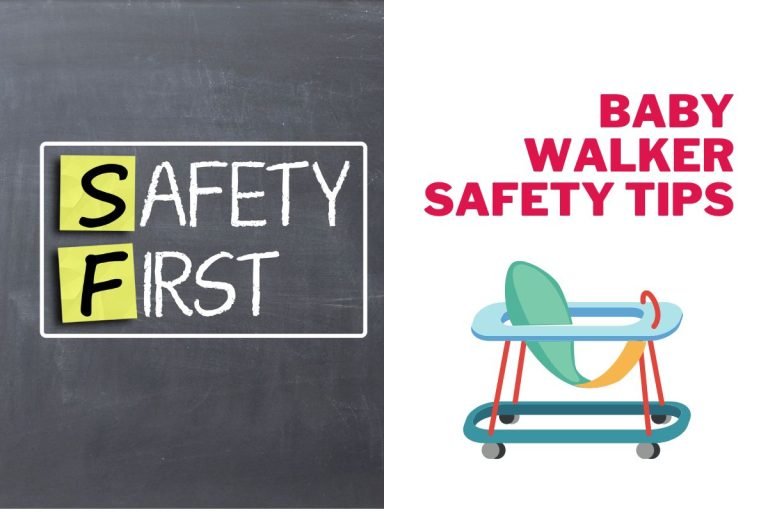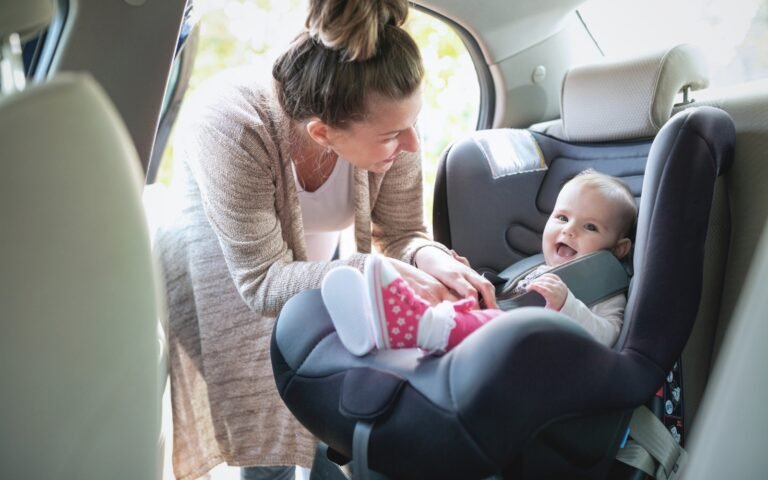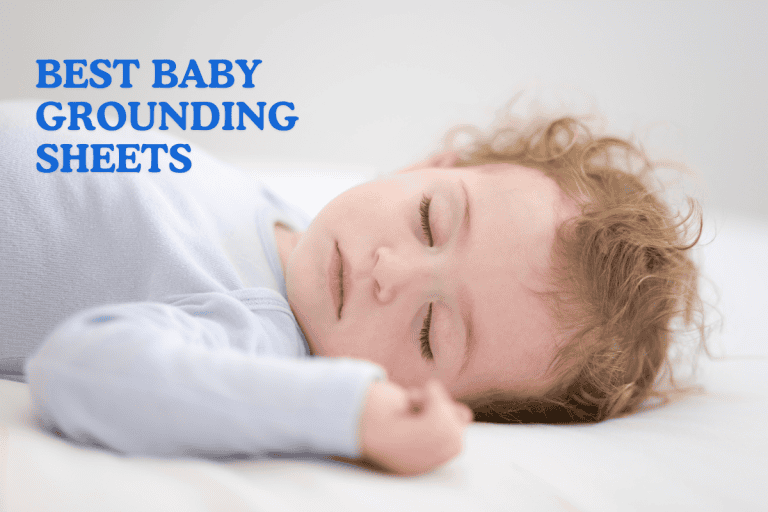Pros and Cons of Toddler Floor Beds: Things to Know Before Buy in 2025
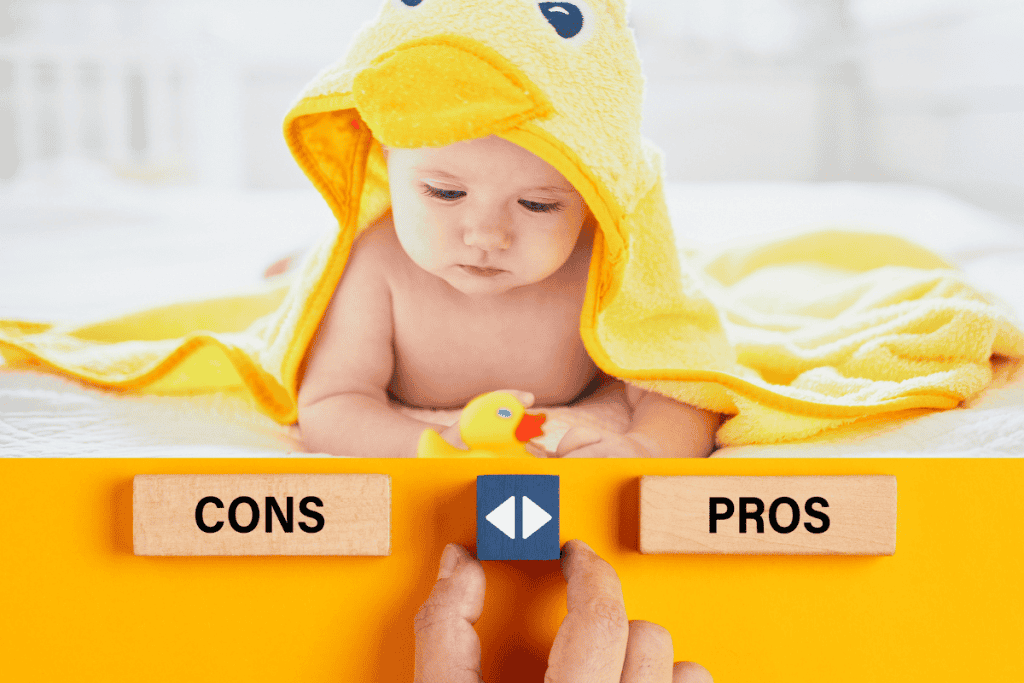
Have you ever wondered if those low-to-the-ground beds are suitable for toddlers?
Let’s discuss the “Pros and Cons of Toddler Floor Beds.” Imagine a bed right on the floor, changing how little ones sleep. It’s different, breaking the usual bedtime rules and making bedtime feel snug and free.
Now, we will discuss the safety, good, and not-so-good things about these floor beds. Why?
So you can decide what’s best. From figuring out the cool parts to understanding both sides, this journey ensures your little one has sweet dreams while keeping things easy for you.
Ready to learn more? Let’s dive in!
Key Takeaways – Pros and Cons of Toddler Floor Beds
- Pros: Safe bed sharing, no transfers, easy sleep schedules, flexibility, independence, restful nights.
- Cons: New sleep habits, safety issues, compared to cribs, address behaviors, weigh decisions.
- Best age: 18 months to 3 years based on development and safety.
- Ideal height: 2-2.5 inches off the floor for easy access and fewer falls.
Pros of Toddler Floor Beds
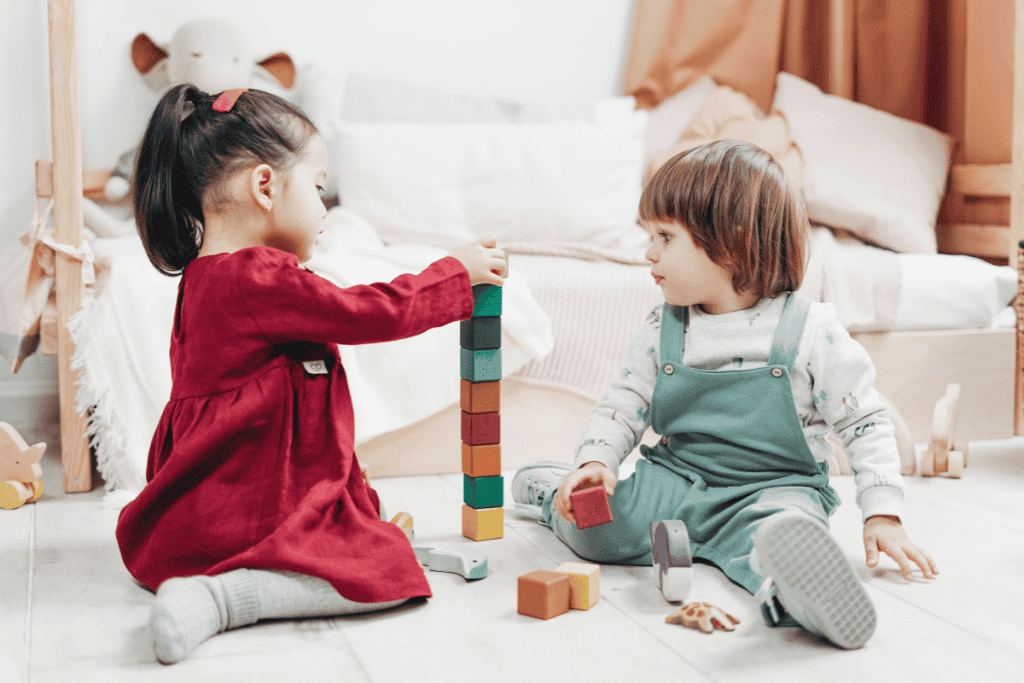
Safe Bed Sharing – Toddler Bed
Ensuring bed-sharing safety with your toddler is a primary concern for parents. With their close-to-the-floor design, floor beds provide a secure sleep environment for your little one. The mattress directly on the floor minimizes the risk of falls, offering peace of mind for parents.
No Need to Transfer
Say goodbye to the struggle of transferring your peacefully sleeping toddler from your arms to a crib. A floor bed allows for a seamless nighttime routine.
After a bedtime story or a lullaby, your child can sleep directly on the floor bed, eliminating the need for transfers and reducing potential sleep interruptions.
Easy to Sleep When Baby Sleeps – Safe Sleep
Toddler floor beds facilitate harmonizing sleep schedules with your little one. Sleeping close to the ground means you can easily join your toddler for a nap or bedtime, promoting family bonding and ensuring enhanced rest for you and your child.
Flexibility and Independence
Adapting to different spaces becomes a breeze with floor beds. Whether you’re traveling or rearranging the room, the flexibility they offer is remarkable.
Additionally, the close-to-the-floor design encourages gradual independence, allowing your toddler to get in and out of bed easily.
When you’re ready to set up a toddler floor bed, follow our comprehensive guide for a seamless and safe sleeping space.
Restful Nights for Toddler Sleep
The benefits of floor beds extend to the entire family. Achieving balanced sleep for parents and positively impacting overall family well-being are compelling reasons many parents opt for this sleep solution. The proximity and adaptability make for restful nights for everyone involved.
Enhance safer bed-sharing, seamless routines, and enhanced family well-being with toddler floor beds.
Utilize a floor bed to establish a sleep space that promotes independence and grants your little one bedtime flexibility.
Whether climbing into a bed for a story or optimizing the room for motor skills, a house bed with a crib mattress on the floor offers a secure and cozy sleep environment. The slatted design ensures safety; a pillow and sleep sack add comfort.
Consider introducing a bedtime routine on a soft carpet, witnessing your toddler outgrow sleep challenges while embracing the philosophy of promoting independence and safe sleep.
Cons of Toddler Floor Beds

Learned Sleep Habits
Introducing a toddler to floor beds may present challenges in establishing consistent sleep routines. The shift from traditional sleeping arrangements to a mattress directly on the floor requires adaptation, and some toddlers may take time to develop new sleep habits.
Safety Considerations
While the close-to-the-floor design of toddler floor beds has advantages, safety concerns should be addressed. Balancing safety and comfort is crucial, especially if your toddler is used to sleeping in a crib with rails.
Parents must assess potential risks and take precautions to create a secure sleep environment.
Comparison with Traditional Options
Weighing the pros and cons against traditional options like cribs is essential to decision-making. Considering factors such as the child’s age, developmental stage, and individual preferences is crucial.
Some toddlers may thrive in the freedom offered by floor beds, while others may find more security in a traditional crib.
Addressing Behavioral Patterns
The transition to floor beds may require addressing behavioral patterns, particularly if your toddler is accustomed to the confines of a crib.
Parents may need to be patient and consistent in guiding their child through this change, understanding that it might impact established sleep behaviors.
Factors to Consider in Decision-Making
Deciding between floor beds and traditional cribs involves carefully considering various factors. Assessing the child’s age, sleep habits, and the family’s lifestyle is critical to this decision-making process. The right choice depends on what aligns best with the child’s needs and the parent’s comfort.
Explore the nuances of toddler floor beds, acknowledging potential challenges in sleep habits, safety considerations, and the comparison with traditional options. Understanding these cons will empower you to make informed decisions that suit your child and your family.
Summary
We’ve been checking out ways to help toddlers sleep better. One idea is using floor beds – just putting the mattress on the floor. Turns out, these beds are pretty neat. They make a special connection with your kiddos and change up the usual bedtime routine.
Now, when it comes to choosing toddler floor beds vs regular beds, it’s all about what you like. We talked about sleep habits and keeping things safe, and we even looked at cribs to give you a good idea.
When deciding, consider what works best for you, what keeps your child safe, and what your little one needs. You’re in charge! Making choices that fit your family ensures the perfect sleep setup.
Frequently Asked Questions
Is a Floor Bed Better for Toddlers?
Yes, floor beds offer several benefits for toddlers.
- Promotes independence
- Allows easy access for toddlers
- Supports a safe and secure sleep environment
When Should I Switch My Toddler to a Floor Bed?
Transitioning to a floor bed typically happens around 18 months to 3 years.
- Observe your child’s readiness
- Consider developmental milestones
How High Should a Toddler Bed Be from the Floor?
A toddler bed is typically 2 to 2.5 inches above the floor.
- Ensures easy accessibility for toddlers
- Minimizes the risk of falls
Can a 2-Year-Old Sleep on a Floor Bed?
Yes, a 2-year-old can sleep on a floor bed.
- Ensure a safe sleep environment.
- Use appropriate bedding and mattress.
What Is a Safe Age for a Floor Bed?
Around 18 months and older is generally a safe age for a floor bed.
- Consider your child’s development and safety awareness.
- Introduce gradually for a smooth transition.

